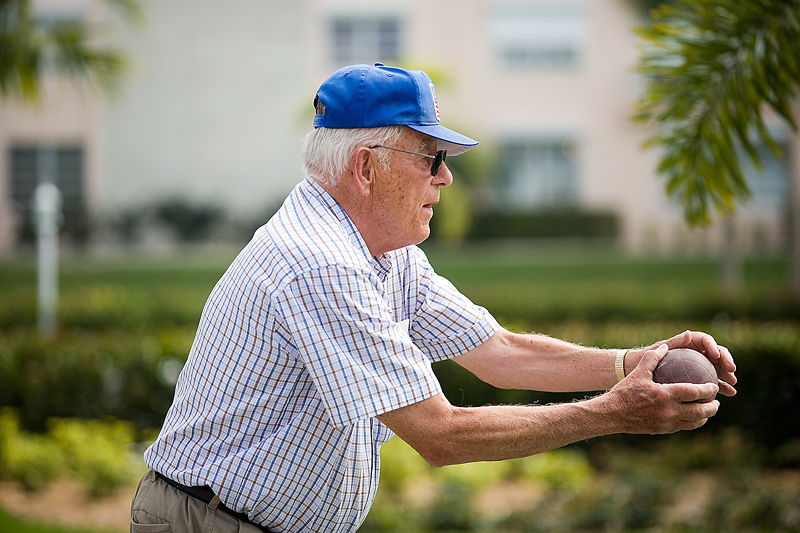
SUNDAY, Feb. 16, 2014 (HealthDay News) — As millions of aging Baby Boomers know, muscle tone and strength declines with advancing age, regardless of gym workouts. Now scientists say they might have uncovered a clue as to why that happens — and new cell targets to help reverse it.
In studies in aging mice, researchers at Stanford University found that, over time, the stem cells that help repair damaged muscle cells after injury are less able to do so.
This helps explain why regaining strength and recovering from a muscle injury gets more difficult with age, the researchers said in work published online Feb. 16 in the journal Nature Medicine.
But there was good news too: The study might also point to a way to make older muscle stem cells function more like younger ones. But research in mice often doesn’t translate to humans, so the researchers stressed that more study is needed to determine if this technique could ever be used in people.
“In the past, it’s been thought that muscle stem cells themselves don’t change with age, and that any loss of function is primarily due to external factors in the cells’ environment,” study senior author Helen Blau, director of Stanford’s Baxter Laboratory for Stem Cell Biology, said in a university news release.
“However, when we isolated stem cells from older mice, we found that they exhibit profound changes with age,” said Blau, a professor of microbiology and immunology at the university. “Two-thirds of the cells are dysfunctional when compared to those from younger mice, and the defect persists even when transplanted into young muscles.”
The research also revealed, however, that there is a defect specific to old muscle stem cells that can be corrected, allowing scientists to rejuvenate the cells.
“Most exciting is that we also discovered a way to overcome the defect,” Blau said. “As a result, we have a new therapeutic target that could one day be used to help elderly human patients repair muscle damage.”
The muscle stem cells in 2-year-old mice are the equivalent of those found in 80-years-old humans. In conducting the study, the researchers found that many muscle stem cells from these mice had increased activity in a certain biological pathway that interferes with the production of the stem cells.
A certain drug that blocks this pathway in old stem cells, however, allowed the aged stem cells to make a larger number of new cells that could effectively repair muscle damage.
“In mice, we can take cells from an old animal, treat them for seven days — during which time their numbers expand as much as 60-fold — and then return them to injured muscles in old animals to facilitate their repair,” Blau said.
Once the mice received their rejuvenated muscle stem cells, the researchers assessed if they regained their muscle strength with the help of the study’s co-author Scott Delp, a professor in the School of Engineering. Delp developed a way to measure muscle strength in animals that underwent stem cell therapy for muscle injuries.
Study lead author Benjamin Cosgrove, a postdoctoral scholar at the university, said: “We were able to show that transplantation of the old, treated muscle stem cell population repaired the damage and restored strength to injured muscles of old mice. Two months after transplantation, these muscles exhibited forces equivalent to young, uninjured muscles. This was the most encouraging finding of all.”
The study’s authors said they plan to continue their research to determine if people could benefit from this technique.
“If we could isolate the stem cells from an elderly person, expose them in culture to the proper conditions to rejuvenate them and transfer them back into a site of muscle injury, we may be able to use the person’s own cells to aid recovery from trauma or to prevent localized muscle atrophy and weakness due to broken bones,” Blau said.
“This really opens a whole new avenue to enhance the repair of specific muscles in the elderly, especially after an injury,” she said. “Our data pave the way for such a stem cell therapy.”
More information
The U.S. National Institutes of Health provides more information on stem cells.
Copyright © 2025 HealthDay. All rights reserved.

